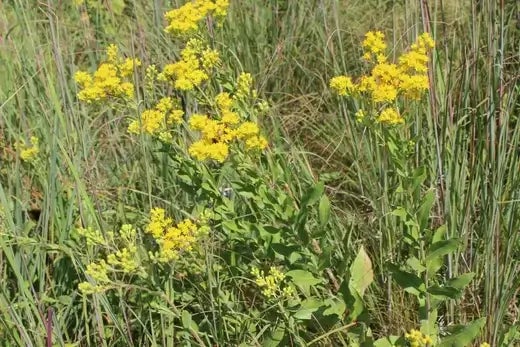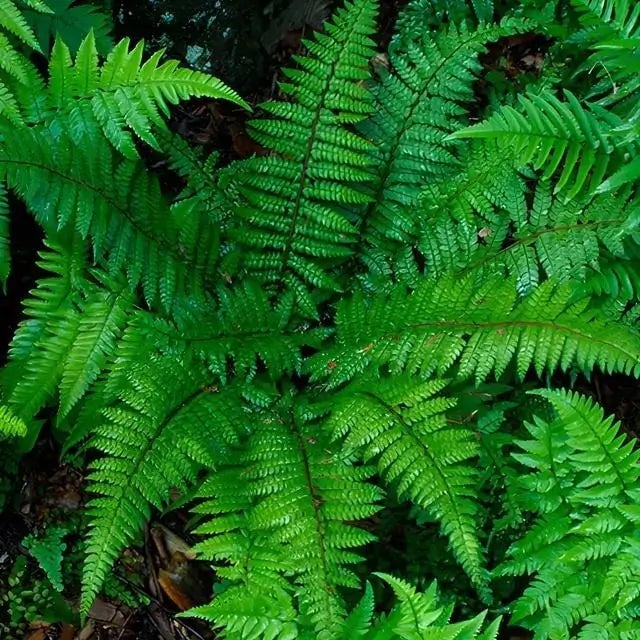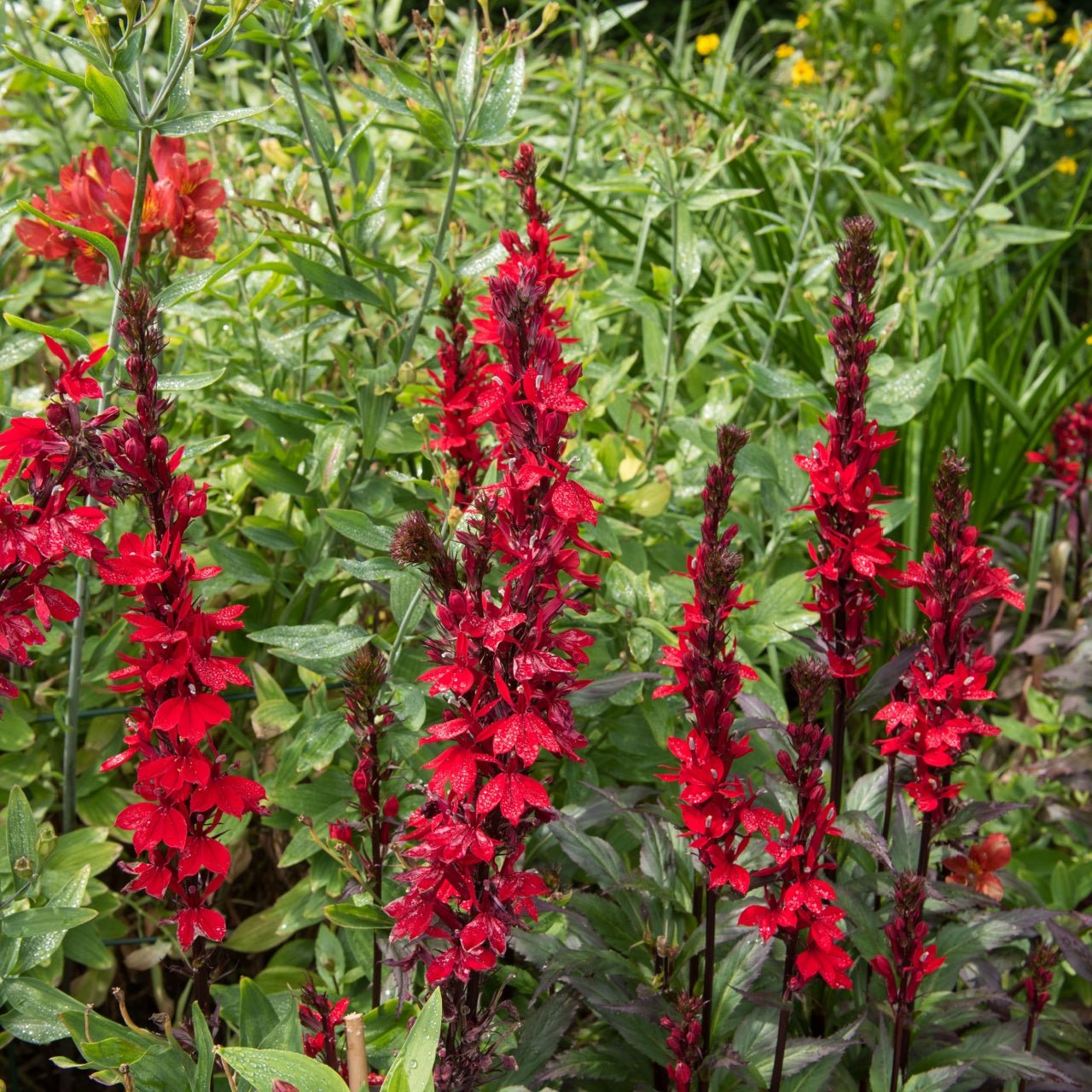Ragweed is the number one cause of allergies in the spring. Ragweed can also be an annoyance because these weeds spread pollen everywhere.
The pollen from ragweed is more aggressive because the body reacts to the pollen as if it were a threat. Ragweed is not harmful itself, but your body may overact to the bombardment of ragweed pollen by producing antibodies from the immune system.
The protein from the pollen acts as a dangerous combination in the bloodstream. The bloodstream produces histamine, which causes a reaction in the form of allergies. That can come in the form of hay fever and other forms of severe allergic reactions. Many people believe they are suffering from the flu, but it is most likely hay fever or other pollen-related allergic reactions.
Symptoms include a runny nose, sneezing, watery eyes, and a hacking cough. Always check with a physician to get a proper diagnosis. There are all kinds of medicines to relieve allergies if you are someone who suffers allergies regularly.
There is not much one can do to get rid of ragweed since it is widespread across the country. If gardening outside, ragweed can be incredibly annoying. If you successfully get rid of ragweed at your home, you’ll still have to encounter the pollen in other places.
However, getting rid of pollen in your area will reduce any reaction you or your family members may have. If you do not know what ragweed looks like, search for any upright plants with fern-looking leaves and fuzzy stems. The essential thing you can do when it comes to getting rid of ragweed is to regularly mow the lawn and trim down any side areas where ragweed is growing.
If concerned that ragweed will threaten your plants, then be sure to pull the ragweed out later in the spring before they have a chance to grow during the summer and fall seasons. Ensure to eliminate all ragweed roots; even a tiny amount of leftover roots can foster ragweed growth. That is also an excellent way to keep ragweed out of your garden if you are allergic. Organic pesticides are best for killing ragweed directly.
Find out which are the best natural ingredients for killing ragweed by asking your local nursery. It is your choice whether or not to go organic, but with organic, you can also make natural weed killer at home, and organic ingredients are not harmful to plants if you have a garden to maintain. Spraying any pesticide on ragweed will the plants instantly.
If you are allergic and still want to get rid of ragweed, try wearing a painter’s mask to protect your nose and mouth. Ragweed is a more aggressive weed because it annoys humans and chokes and hampers vegetable and flower growth. Those with allergic reactions should try getting rid of ragweed around their home.
Source of Information on Ragweed
Read more

Filled with some vitamins and minerals, blackberries provide a delicious treat eaten raw or incorporated into a wide selection of recipes. Blackberries contain vitamins A, C, and E and select B vit...

Lonicera japonica, Halls Honeysuckle VineThere are mainly two types of Halls honeysuckle; the first is known as the climbers and the second one as shrubby honeysuckles. Both of these plants need di...





